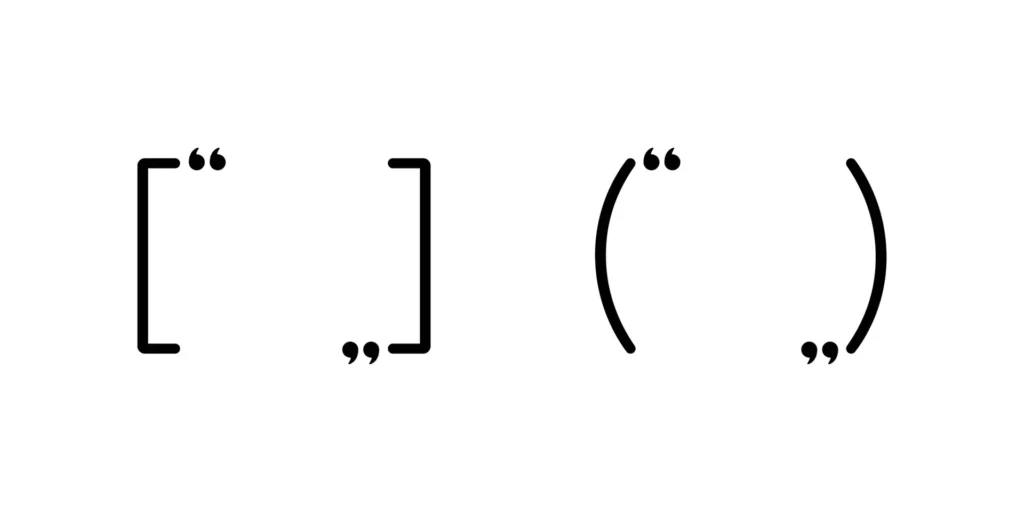
Parentheses (singular: parenthesis) are punctuation marks that set off additional information or comments within a sentence. They are usually represented by curved symbols ( ), and the text enclosed within them is considered supplementary or explanatory. Parentheses provide additional context without disrupting the main flow of the sentence.
Key uses of parentheses include:
- Adding Extra Information: Parentheses include information not crucial to the sentence’s main idea.
Example: The seminar (scheduled for next week) has been postponed. - Clarifying or Offering Examples: Parentheses can explain or provide examples that enhance the reader’s understanding.
Example: The assignment is due on Friday (before 5:00 p.m.). - Introducing Acronyms or Abbreviations: Parentheses present the complete form of an acronym or abbreviation when it is first mentioned.
Example: The UNICEF (United Nations International Children’s Emergency Fund) program aims to provide aid to needy children. - Enclosing Numbers or Letters in a List: Parentheses are used to enclose numbers or letters in a list within a sentence.
Example: Please complete the following tasks: (1) read the article, (2) answer the questions, and (3) submit your response.
It’s important to note that while parentheses help add extra information, overuse or misuse can disrupt the flow of a sentence. Writers should use parentheses thoughtfully and ensure the main sentence remains coherent even if the parenthetical information is removed.






